Uncategorized
Omani Economic Indicators Highlight Sultanate Economic Diversification Efforts
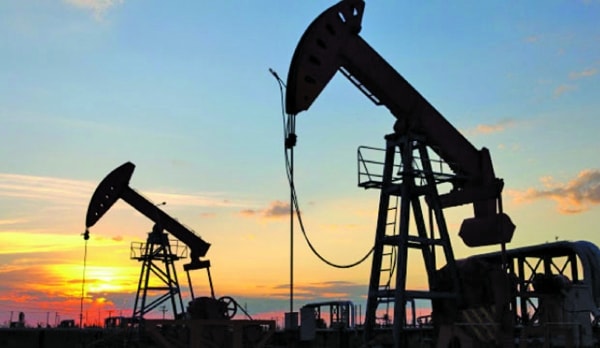
Oman’s economic indicators showed advanced levels and stages in the plans and efforts of economic diversification during the last period. Some of the key strategic projects achieved many gains according to performance indicators issued by the Implementation Support and Follow-up Unit (ISFU).
While work is continuing at a good pace in other projects, some projects are planned to be completed by 2023.
About two years after the completion of the Labs phase of the National Program for Enhancing Economic Diversification (Tanfeedh), this report outlines the stages of the initiatives produced by these Labs, which are overseen by the Implementation Support and Follow-up Unit (ISFU), as well as the Sultanate’s plans to promote economic diversification.
As an economy that relies heavily on oil revenues, the shift required to diversify sources of income by promoting investment in targeted sectors takes some time, but the Government continues to pursue this trend by using the outputs of the National Program for Enhancing Economic Diversification (Tanfeedh) by boosting the contribution of the five target sectors in the Ninth Five Year Plan, including logistics, manufacturing, tourism, fisheries and mining, as well as moving forward with key strategic projects.
According to June statistical bulletin issued by the National Centre for Statistics and Information (NCSI), it is clear that the GDP at current prices achieved in 2017 a growth of 8.7% compared to 2016. The GDP amounted to RO 27.9 billion in 2017, compared to about RO 25.7 billion in 2016. It is also evident that the value added of non-oil activities amounted to RO 20.5 billion at the end of 2017 compared to RO 19.7 billion in 2016, a growth rate of 3.9%.
The data show that the value added of agriculture and fish activities increased by 7%, manufacturing activities by 9.2%, transport, storage and communication activities by 9.6%, hotel and restaurant activities by 7.2%. The data show that the added value of the mining and quarrying sector grew by 15.7% in 2017 compared to 2016.
In terms of public finance, the Sultanate’s public revenues increased 11.9% by the end of 2017 compared to 2016. This increase was attributed to the increase in the average price of crude oil from USD 40.1 per barrel in 2016 to USD 51.1 per barrel in 2017. The total public expenditure in the state decreased by 4.9% by the end of 2017.
The Sultanate also achieved a decrease of RO 1.5 billion in the deficit realised in the state general budget by the end of 2017 compared to the previous year.
The value of commodity exports at the end of 2017 hit RO 12.6 billion, compared to RO 10.3 billion, an increase of 22.7%. Non-oil exports increased by 32.4%. Commodity imports amounted to RO 10.6 billion in 2017, compared to RO 8.9 billion in 2016, a growth of 19.5%.
(Source: ONA)
-

 News2 months ago
News2 months agoKitchenomiKs Secures Investment of US$3.2M Led by Jasoor Ventures
-
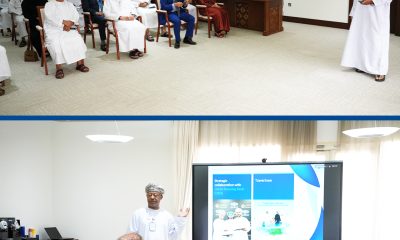
 Banking & Finance2 months ago
Banking & Finance2 months agoOman Arab Bank Highlights Its Ongoing Strategic Initiatives and Future Plans
-
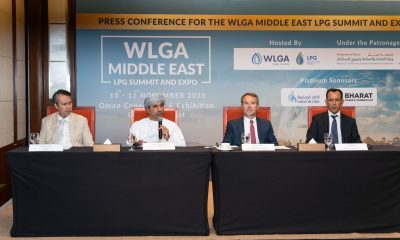
 Energy2 months ago
Energy2 months agoWLGA Middle East LPG Summit & Expo 2025 to be held at OCEC on November 10 and 11
-
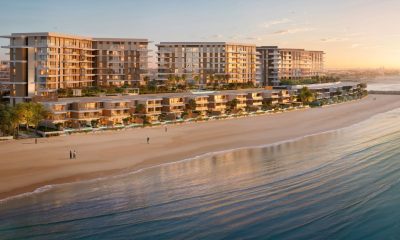
 Real Estate2 months ago
Real Estate2 months agoAl Mouj Muscat Unveils Azura Beach Residences Phase 2: A New Chapter in Waterfront Living
-
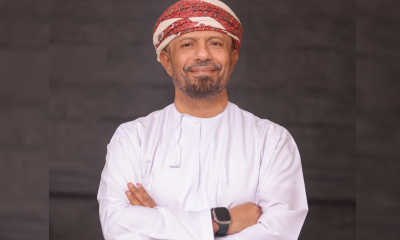
 Leaders Speak1 month ago
Leaders Speak1 month agoDhofar International Development and Investment Company: Driving Sustainable Growth and Strategic Synergies in Oman’s Investment Landscape
-
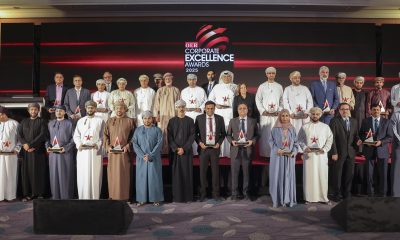
 Events1 month ago
Events1 month agoOER Corporate Excellence Awards 2025 Honours Entities and Innovations in Oman
-

 Economy1 month ago
Economy1 month agoMaal Card: What Oman’s New National Payment Card Means for Everyday Users
-

 OER Magazines2 months ago
OER Magazines2 months agoOER, October 25































You must be logged in to post a comment Login